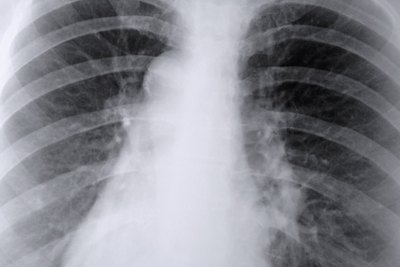
If you have been a regular smoker, chances are that your lungs have been scarred. Because of the scarring, your breathing will be weakened and the oxygen content that your body receives will be reduced. There are a variety of natural options that can help you in your effort to detoxify your lungs. These natural remedies can begin to clear your lungs of the various toxins that have invaded the lungs after smoking for an extended period of time.
Step 1
Stay away from any unnecessary exposure to carbon monoxide and second-hand smoke. Keeping yourself away from those who are smoking will not only help you beat the temptation to smoke yourself, but will also aid in keeping your lung regeneration on track.
Step 2
Eat pineapples. Bromelin, a component found in pineapples, works as a cleanser for your lungs. It allows you to take in more oxygen and take deeper breaths by increasing the lungs' elasticity.
Step 3
Examine your eating habits and make changes when necessary. There are a number of foods, spices and herbs that have a positive effect on your lungs. Some of the foods that can be added to your diet include rosemary, avocados, thyme, cayenne, ginger and horseradish. A dietitian or doctor can give advice on the foods that will be best for you and your lungs.
Step 4
Begin a physical exercise routine. If you have been smoking for a number of years or are not accustomed to exercise, start will small amounts of exercise and gradually increase what you do over time. As you exercise, you will notice that build-up from your lungs, such as phlegm and mucus, will become discharged through coughing. This is a good thing as your lungs are naturally getting rid of these unwanted substances. To get the best results, make exercise a part of your normal daily routine.
Step 5
Perform breathing exercises. There are a number of breathing exercises that can aid in improving the functions of the lungs. Some examples include using a spirometer device, breathing through the diaphragm or the pursed lip technique. Experiment with various breathing techniques and relaxation exercises to discover which ones work best for you. Check with your physician to see about beginning a regimen in which a respiratory therapist will work with you personally to teach you various breathing techniques.
www.livestrong.com





No comments:
Post a Comment